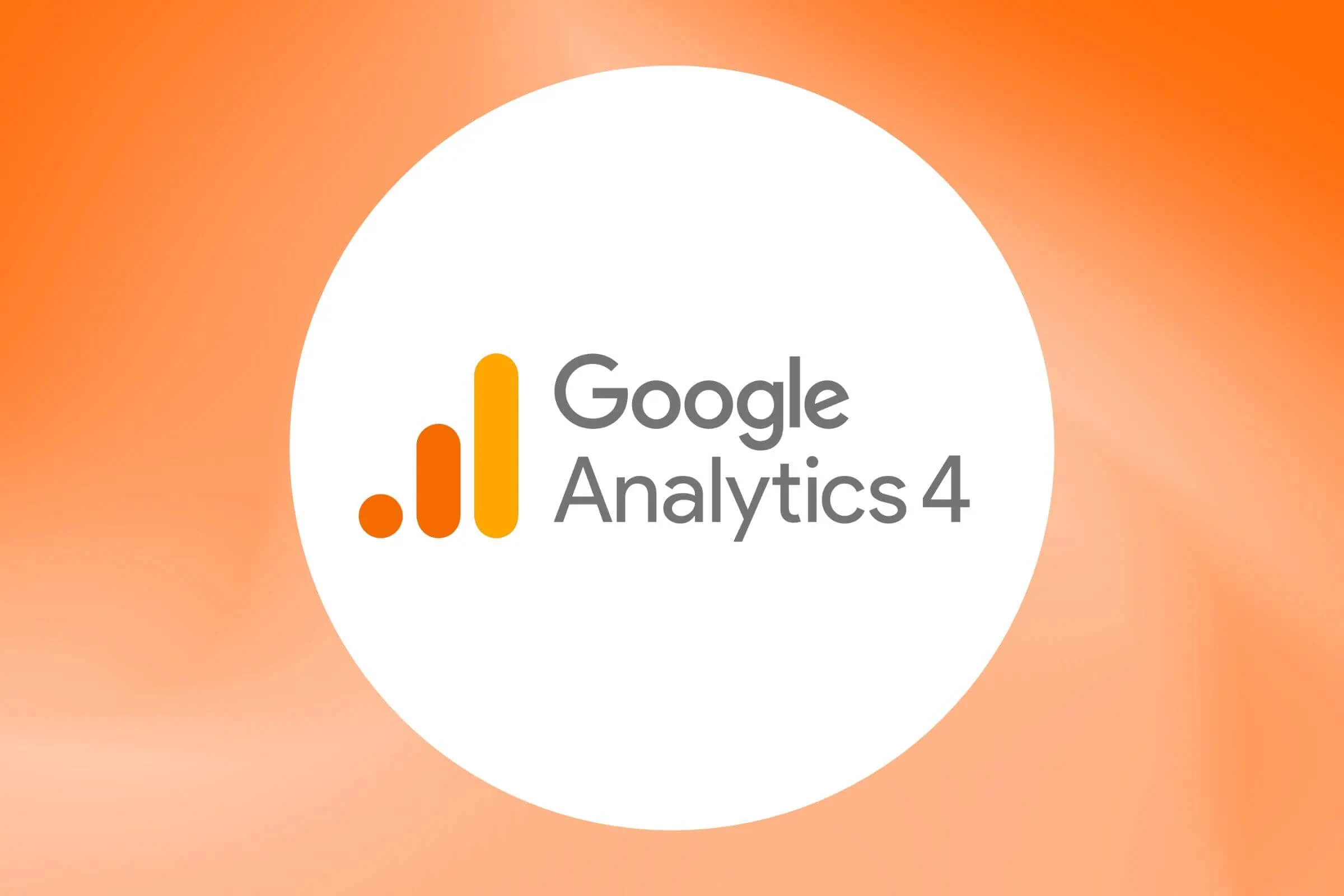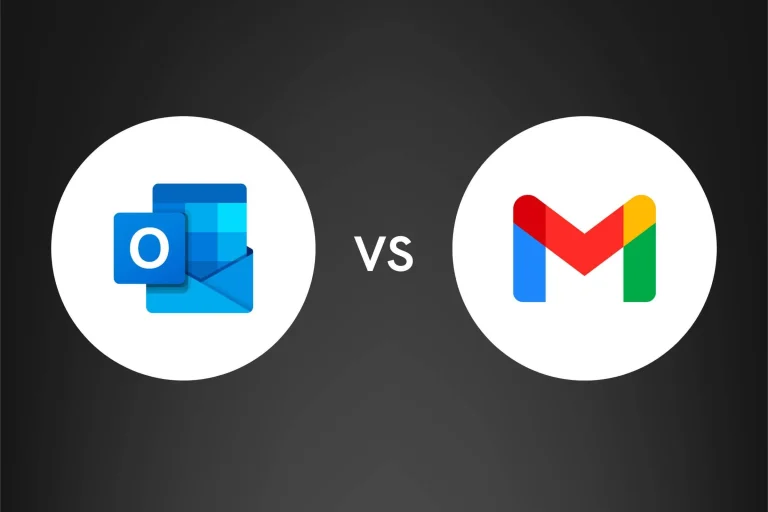With the ever-changing landscape of analytics, it’s important to stay up-to-date with the latest tools and trends to make informed decisions about your digital marketing strategy. In this article, we’ll discuss Google Analytics 4 (GA4) – its features, benefits, and how it works – so you can better understand this powerful tool and ensure you’re taking full advantage of it.
Introduction to Google Analytics 4
Google Analytics 4, the latest version of Google Analytics, was released in October 2020 and includes many new features and benefits that make it an essential tool for website owners and online marketers.
Some of the key features of Google Analytics 4 include:
- A new user interface that makes it easier to navigate and find the information you need
- Enhanced reporting capabilities that give you greater insights into your website traffic and audience behaviour
- Improved data collection methods that provide more accurate and reliable data
- A new event-tracking system that allows you to track specific user interactions on your website
Overall, Google Analytics 4 provides a more comprehensive and user-friendly experience that will help you to understand your website traffic better and optimise your marketing campaigns.
Benefits of Google Analytics 4
Google Analytics 4, the latest version of Google Analytics, offers many benefits over earlier versions. The most significant benefit is that it offers a more granular level of data, which can be extremely useful for understanding how visitors interact with your website.
Another benefit of Google Analytics 4 is that it’s designed to work well with other Google products, such as Firebase. This means that if you’re using multiple Google products to power your website or app, you can get a more holistic view of how everything is performing.
Finally, Google Analytics 4 includes many features that make it easier to use than earlier versions. For example, the new “Events” feature makes tracking user actions on your website or app easy. This can be extremely valuable for understanding which areas of your site are performing well and which could use some improvement.
Features of Google Analytics 4
Google Analytics 4 is the latest version of Google Analytics, a free web analytics service that provides insights about your website traffic. Google Analytics 4 includes several new features and improvements, such as:
- Enhanced data collection: GA4 collects more data than previous versions of GA, making it more accurate and reliable.
- Improved analysis capabilities: GA4 offers better ways to analyse your data, helping you better understand your website traffic and customers.
- New reporting features: GA4 includes new reports, such as the Engagement Report, which gives you insights into how users interact with your website.
- Greater flexibility: GA4 allows you to customise your tracking code to better match your needs. You can also use GA4 with other Google products, such as AdWords and Tag Manager.
How Does Google Analytics 4 Work?
Google Analytics 4 is the latest version of Google Analytics, a web analytics tool offered by Google that tracks and reports website traffic.
Google Analytics 4 tracks user interactions with a website and then reports on those interactions in an easy-to-understand interface. The tracked data includes pageviews, unique visitors, time on site, bounce rate, and conversions.
One of the key benefits of using Google Analytics 4 is that it allows website owners to see how users interact with their site in real time. This information can be used to improve the user experience on a website and make changes to the site that will improve its overall performance.
Google Analytics 4 is a free service offered by Google and can be used by anyone with a website. It is important to note that while the service is free, some features require a paid subscription to access them.
Getting Started with Google Analytics 4
Google Analytics 4 is the next generation of Google’s popular web analytics platform. So if you’re starting with GA4, here are a few things you should know.
GA4 offers many of the same features as its predecessor, including:
- Tracking website visitors and their behaviour
- Identifying which channels generate the most traffic and conversions
- Measuring site performance
- Setting goals and tracking progress towards them
However, GA4 also includes several new features that make it even more powerful, including:
- The ability to track users across devices and platforms, including apps and smart devices
- Enhanced machine learning capabilities that provide more accurate insights and predictions
- A new data model that makes it easier to combine data from multiple sources for a more comprehensive analysis
- A unified interface for all Google Analytics products, making it simpler to use and navigate
Understanding the User Interface in GA4
The user interface in GA4 is designed to be intuitive and easy to use. The main menu is located at the top of the screen, and from here, you can access all of the features and options in GA4. The left-hand sidebar contains all of the main navigation options, while the right-hand sidebar provides additional information and options.
The Home page is the first page you will see when you log in to GA4. This page gives you an overview of your account activity, including recent visits, top pages, topReferrers, and more. You can also access your account settings from here.
The Visitors section provides detailed information about your website visitors, including their location, browser, operating system, and more. You can also see how they found your site, which pages they viewed, and how long they stayed on each page.
The Conversions section is where you track goals and conversions on your website. For example, you can set up goals to track specific actions that you want visitors to take on your site, such as subscribing to a newsletter or making a purchase. You can then see how effective your goals are by tracking the conversion rate for each one.
The Acquisition section lets you see where your traffic is coming from and which channels drive the most conversions. This information can help you decide where to allocate your marketing budget for maximum impact.
The Behaviour section provides insights into how visitors interact with your website. You can see which pages are being viewed the most.
Collecting & Analysing Data with GA4
Google Analytics is a web analytics tool that helps you understand your website visitors and how they interact with your site. For example, you can use Google Analytics to track conversions, measure traffic and engagement, and identify where users are coming from.
Google Analytics 4 (GA4) is the latest version of Google Analytics, which includes new features and enhancements that make it easier to collect and analyse data. In addition, GA4 offers a simplified interface, new reports, and improved data collection capabilities.
To use GA4, you must create a property in your Google Analytics account. A property is a collection of data associated with your website or app. Once you’ve created a property, you can add a tracking code to your website or app to collect data.
Once data is collected, you can view reports in the GA4 interface to see how users interact with your site. GA4 also allows you to export data for further analysis in other tools.
Setting up Conversions in Google Analytics 4
Assuming you have already installed the GA4 tracking code on your website (if not, see this article for instructions), there are two ways to set up conversions in GA4.
The first is to use built-in conversion tracking. To do this, go to the Admin section of GA4, and click on Conversion Tracking in the “Tracking Info” section. Then, click the button to Enable Built-in Conversions.
Once you’ve done that, you can start setting up your conversions. To do this, click on the +New Conversion action and select what type of conversion you want to track. For example, you can track purchases, signups, downloads, etc., as conversions.
Once you’ve selected a conversion type, you’ll need to provide a name and specify the goals that should count as a conversion. For example, if you’re tracking purchases, you might specify that a goal is reached when someone reaches the thank-you page after making a purchase.
After you’ve specified your goals, you can then decide how GA4 should track your conversions. You can choose to track them by clicks or by page views. For example, if you choose clicks, GA4 will track when someone clicks on a specific link or button on your site that’s been tagged as a conversion goal. For example, if you choose pageviews, GA4 will track when someone views a specific page on your site that’s been tagged as a conversion goal.
Once you’ve specified all the settings for your conversion, click Save to finish setting it up.
The second way to set up conversions in GA4 is to use the Events tracking feature. This requires you to manually add code snippets (in either JavaScript or gtag.js) to your website to track specific events as conversions. You can find out more about how to do this here.
Once you’ve added the code snippets, you can then go back into GA4 and create a new conversion goal based on the events that have been tracked. Again, you’ll specify a name for the conversion and then decide how it should be tracked (clicks or pageviews). Then click Save to finish setting up your conversion.
Now that you’ve set up your conversions in GA4, you can start tracking them and seeing your data in the Conversion reports section of GA4’s Reports tab.
Customising Reports with GA4
Google Analytics 4 (GA4) provides many options for customising reports. For example, you can use the GA4 interface to create custom reports or the GA4 API to create custom reports.
The GA4 interface provides many options for customising reports. You can select which data is included in the report, how the data is organised, and how the report is displayed. You can also save your customised reports to access them later.
The GA4 API allows you to create custom reports programmatically. This means you can use your own software to generate reports tailored to your specific needs. For example, using the GA4 API gives you more control over the appearance and content of your reports than using the GA4 interface.
Events Tracking Feature in Google Analytics 4
Google Analytics 4 is the latest version of Google’s popular analytics tool. It includes many new features, including an events tracking feature. This allows you to track events such as button clicks, form submissions, and other user interactions on your website.
The events tracking feature is very useful for understanding how users interact with your website. It can help you identify which elements of your site are most popular and which ones need improvement. By tracking events, you can also see which areas of your site are causing users to leave before completing a task.
Google Analytics 4 is a valuable tool for any website owner or manager who wants to improve their site’s performance. So if you still need to use it, now is the time to start!
Best Practices for Leveraging Google Analytics 4
Google Analytics 4 is the latest version of Google’s popular analytics tool. This update has many new features and benefits, but some best practices should be followed to get the most out of it.
One of the best things about GA4 is that it allows you to collect data across all devices and platforms. This means you can get a complete picture of your customer’s journey, from initial discovery to purchase. In order to take advantage of this, ensure you have tracking set up on all your website properties and social media accounts.
Another great feature of GA4 is its ability to track conversions across multiple channels. This means that you can see which channels drive traffic to your site and are responsible for generating sales or leads. To make the most of this, create goals in GA4 and then use custom channel groupings to see which channels perform best.
Finally, one of the most important best practices for using GA4 is always testing before implementing any changes. This way, you can be sure that any changes you make will improve your results rather than make things worse. For example, always create a test property in GA4 and use it to experiment with different configurations before rolling anything out to your live site.
Conclusion
To sum up, Google Analytics 4 is a powerful and comprehensive analytics solution that can provide businesses with detailed insights into their website performance. With its user-friendly interface, advanced features, and range of benefits such as cross-device tracking, dynamic data collection, and automated insights generation capabilities – it’s no wonder why so many businesses are switching over to GA4. Whether you are an experienced analyst or just starting out in the world of web analytics, GA4 can help you make the most of your digital marketing campaigns.
















